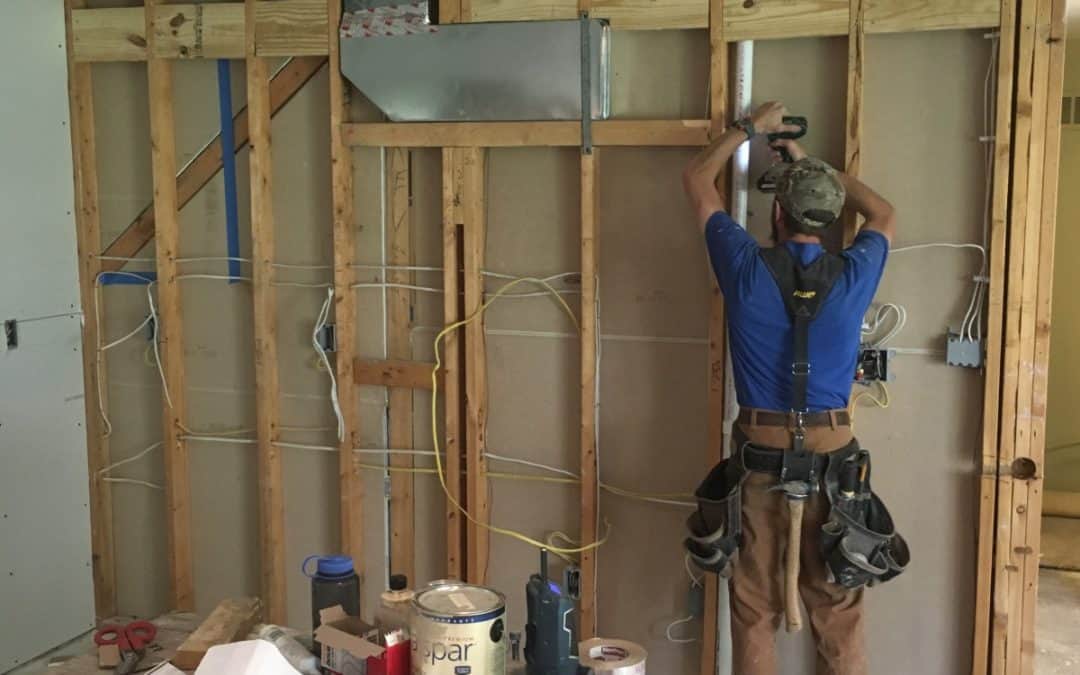The home remodeling industry is one of the most fractured industries in America with 87% of the companies doing under $1 million in revenue per year. One of the difficulties small remodeling companies have as they grow is adding someone to their payroll. Once they start down this road, the remodeling company must begin to raise its prices to the consumer to accommodate for the addition of payroll taxes, related insurances, and any added employee benefits they provide. Added to a common consumer atmosphere of “I’m getting 3 bids,” it becomes burdensome for a small business to add employees. This is one reason why 69% of home remodeling companies choose to use the 1099 subcontractor model for adding staff. In this model, home remodeling companies, from kitchen and bath businesses to window and siding companies to design-build firms, many times put the burden of employment on the person working in the field.
There are 3 significant challenges this business practice produces.
Quality of Life For The 1099 Employee (Or Subcontractor)
This can be an oppressive situation as the individual is now responsible for paying self-employment taxes and insurance like liability, workers compensation, and health. In addition, the individual subcontractor does not receive common employment benefits like paid holidays, sick days, or vacation days. Add on having to create invoices and manage bookkeeping, it becomes clear this is less than ideal.
Conflicts Between Contractor and Sub-Contractor
The second challenge is the in-congruent relationship caused by the nature of the contractor to subcontractor relationship. Each party will inherently focus on their own best interests which many times creates a tangible discourse between the contractor and subcontractor. The contractor is trying to get the work done as cost-effective as possible, and the subcontractor is trying to make as much as possible. If mistakes during a project happen involving both parties, fingers immediately begin to be pointed.
The Project Could Fall Apart
And this discourse leads us to the third challenge this business practice causes. The homeowner many times suffers under the weight of this structure. The homeowner may witness a confrontation between the contractor and subcontractor. The homeowner’s project may be delayed if the subcontractor takes on other work. The homeowner may have someone working in their home that who is not fulfilled or satisfied with their position (especially considering the first challenge above). And if problems occur, the homeowner may have to step into the middle of the battle and try to sort out who’s right and who’s wrong.
Why Mosby Self-Performs Their Work
The flip side to all of this in the home remodeling industry is the employee model. In this scenario, all the challenges listed above disappear. The company and employee work together to each other’s benefit, and ultimately, the customers benefit. The employee becomes more engaged and fulfilled in his or her work and can concentrate on the craft instead of the burden of self-employment. And, the homeowner enjoys a higher quality experience without the headaches accompanied by the contractor-subcontractor model. Scott Mosby describes these points and why Mosby chooses to self-perform the work in the video above.
Mosby Building Arts has been committed to excellent customer service and quality craftsmanship for over 70 years in St. Louis, MO. Mosby Building Arts has remodelers, designers, architects, and home consultants all under one roof to ensure a streamlined and efficient remodeling process. Specializing in kitchens, bathrooms, additions, lower levels, outdoor living, exteriors remodeling, and more, Mosby is able to handle any remodeling project. To schedule a consultation, call 314-909-1800. Or go online here.







